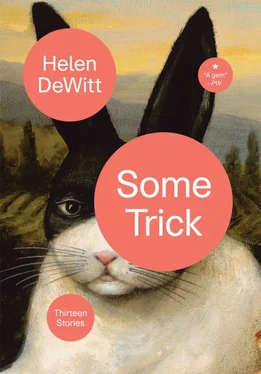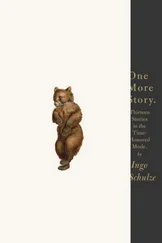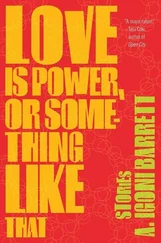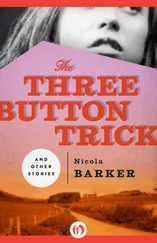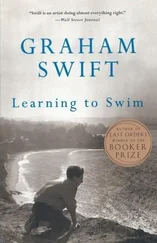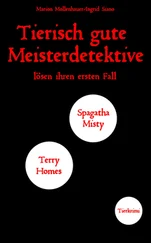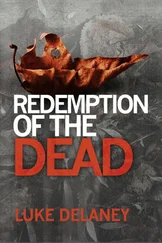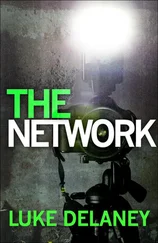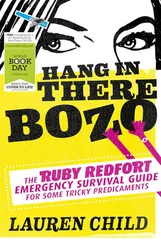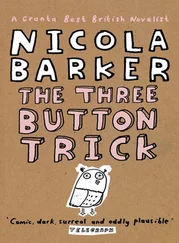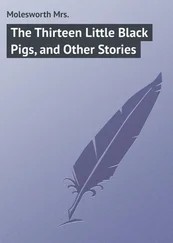Published by arrangement with the author.
Grateful acknowledgment is made for permission to quote from the following:
“We’re Off to See the Wizard” (from The Wizard of Oz ) Music by Harold Arlen, lyric by E. Y. Harburg. Copyright © 1938 (renewed) Metro Goldwyn-Mayer Inc. Copyright © 1939 (renewed) EMI Feist Catalog Inc. Rights throughout the world controlled by EMI Feist Catalog Inc. (publishing) and Alfred Music Publishing Co., Inc. (print). All rights reserved. Used by permission of Alfred Publishing, LLC.
“Don’t Think Twice, It’s All Right” Copyright © 1963 by Warner Bros. Inc.; renewed 1991 by Special Rider Music. All rights reserved. International copyright secured. Reprinted by permission.
“Let’s Call the Whole Thing Off” (from Shall We Dance)
Music and lyrics by George Gershwin and Ira Gershwin. Copyright © 1936 (renewed) Ira Gershwin Music and George Gershwin Music. All rights on behalf of Ira Gershwin Music Administered by WB Music Corp. All rights reserved. Used by permission of Alfred Publishing, LLC. Reprinted by permission of Hal Leonard LLC.
A publisher’s note begins on page 195.
Manufactured in the United States of America
New Directions Books are printed on acid-free paper
First published clothbound by New Directions in 2018
Library of Congress Cataloging-in-Publication Data
Names: Dewitt, Helen, 1957– author.
Title: Some trick : 13 stories / Helen DeWitt.
Description: First edition. | New York : New Directions Publishing, [2018]
Identifiers: LCCN 2017055363 (print) | LCCN 2017057388 (ebook) | ISBN 9780811227834 | ISBN 9780811227827 (acid-free paper)
Classification: LCC PS3554.E92945 (ebook) | LCC PS3554.E92945 A6 2018 (print) | DDC 813/.54—dc23
LC record available at https://lccn.loc.gov/2017055363
eISBN: 9780811227834
New Directions Books are published for James Laughlin
by New Directions Publishing Corporation
80 Eighth Avenue, New York 10011
AUTHOR’S NOTE: Many years ago a friend commented that we rarely see fiction that shows the way mathematicians think. He talked about the styles of play in poker of a mathematician, an economist and a philosopher. The thing that struck me as especially interesting was the different ways of thinking about probability; I was a great admirer of Edward Tufte’s work on information design, and I thought this might be used in some way to make non-intuitive ways of thinking about probability visible on the page.
I began reading obsessively about statistics and probability. Peter Bernstein’s Against the Gods: The Remarkable Story of Risk was one inspiration; he says: “The revolutionary idea that defines the boundary between modern times and the past is the mastery of risk: the notion that the future is more than a whim of the gods and that men and women are not passive before nature.” Analysis of probability seemed more compelling than ever for fiction; I spent endless hours grappling with R, a programming language with strength in statistical graphics.
R is open source, and it has come a long way since I first downloaded the DMG.
What hasn’t changed, I think, is the gap between people who see why understanding chance matters and people who just don’t get it—people who don’t see why this is crucial to the most basic questions of ethics. I have more glamorous plots in my portfolio than the primitive efforts on display in this story, but the philosophical issue was what I hoped to bring into the open.
Except, obviously, to avoid looking totally uneducated when you actually get to New York. Kafka, Borges, Proust — these you should read.
There was a second list of films which he had had to downgrade to “Okay to watch in Iowa,” because he did not want to come to New York and look completely uneducated, but he had never felt good about it. He had mental conversations with an interlocutor who said “ Wild Strawberries ? Are you telling me Wild Strawberries doesn’t deserve first-time-viewing-in-New- York ? Are you serious ?” to which Gil would mentally reply that it was not a question of the artistic merit of the film, on which, as someone who hadn’t even seen it, he was unable to comment, but a question of what felt right for the viewing experience. That was the mental reply, but he felt bad about relegating Bob le Flambeur , The Crow , La Ronde , Wings of Desire , La Strada , 8½ , Solaris , plus much of Hitchcock, much of Mamet, all of Tarantino and others too numerous to mention to the Iowa League. He wished he had grown up in New York, so these invidious choices would not have been forced on him, but what was he to do?
The third list of films, obviously, was the list of films set in New York. But we digress.
If you have never thought of a treehouse as requiring plumbing and electricity, it’s probably because you have never seen treehouse-construction as a competitive sport. You don’t come from a family of boys, is the inference.
Dave and his partners had unhappily failed to read Frederick P. Brooks’ The Mythical Man-Month . If this business plan sounds remotely plausible to you, you may want to read F. P. Brooks’ classic work before proceeding.
Dave was, obviously, not explaining the details of the actual project to Gil, because explaining the project to clueless morons who know nothing whatsoever about programming was what he did, these days, for a living. No way was he going to squander what few vestiges of patience remained on a mere randomly presented plumber. We’re talking nonrenewable resource here.
Gil was wearing a slate gray shirt and slatier gray jacket that he had bought on eBay as looking like an ensemble seen in an author photo of Bret Easton Ellis, when in New York dress like Bret Easton Ellis being the thought; he attributed his ease in blending in, among real New Yorkers, to the infallible dress sense of Mr. Ellis.
Dude C, Gary, was the dude who had wanted to go back to first principles and use Lisp.
MicroCharts is a plug-in for Excel which enables the user to replicate the sparklines of infoviz guru Edward Tufte, emeritus professor of graphic design, politics and economics at Yale. ET’s pioneering Visual Display of Quantitative Information and its successors have never been reviewed in the Wall Street Journal , the Financial Times or the Economist ; a sparkline, assuming you innocently placed your trust in the WSJ , FT or Economist to keep you au fait, is a small information-dense word-shaped graphic, enabling you to embed, as it might be, a time series or bar chart in text. MicroCharts, like its rival, SparkMaker from Bissantz, runs only in Windows; Gil was a total Machead at heart, so he totally resented having to buy a whole separate laptop on eBay with Windows XP, after spending hours trying, to no avail, to get the fucker to work in Parallels or CrossOver or Boot Camp.
The appeal of the University of Iowa to an Iowan father of five is pretty much self-explanatory.
While R could be run in a Mac environment, Inference worked only in Windows, meaning that Gil spent further countless hours trying to get the fucker to work in Parallels or CrossOver or Boot Camp, finally retreating, bloody but unbowed, to his trusty Sony Vaio.
Читать дальше
